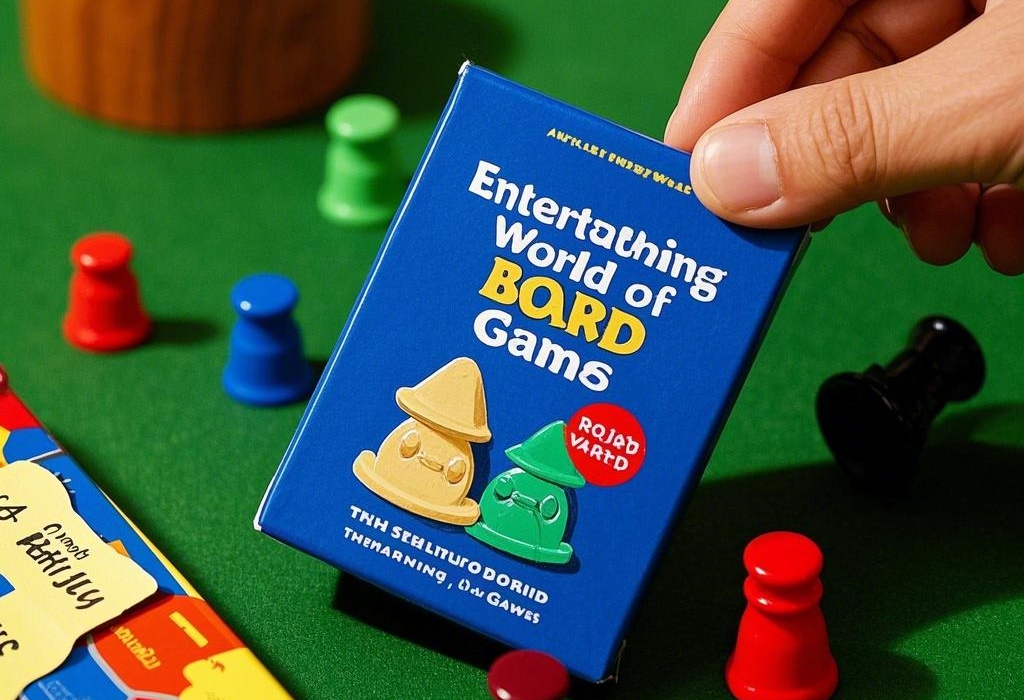In an age when digital entertainment seems to be omnipresent, board games have defied the odds and managed to preserve their timeless allure and broad – based popularity. They offer a distinctive form of social interaction and amusement that has the remarkable ability to bridge generations and bring people of all ages together under one roof.
Board games span an incredibly diverse spectrum of genres, each boasting its own set of rules, objectives, and varying degrees of complexity. Take strategy games, for example. Chess, a game with a history spanning centuries, is often regarded as the pinnacle of strategic thought. On the 64 – square checkered board, players are engaged in a cerebral battle. They must not only plan their moves several steps ahead but also anticipate the maneuvers of their opponents, constantly calculating and strategizing. Each piece, from the powerful queen to the humble pawn, has its own unique way of moving across the board, demanding a profound understanding of spatial awareness, short – term tactical decision – making, and long – term strategic planning. Another prime example of a strategy game is Risk. In this game, players step into the shoes of world conquerors, aiming to dominate the globe by astutely deploying their armies, forging alliances when necessary, and launching well – thought – out attacks on their opponents’ territories. The ebb and flow of power, the delicate balance of forces, and the constant need to adapt to changing circumstances make Risk a thrilling and engaging experience.
On the other hand, family – friendly games are crafted with the intention of being enjoyed by everyone, regardless of age. Monopoly, a household name in the world of board games, has been a beloved pastime for generations. The game revolves around the concept of property acquisition, trading, and financial management. Players roll the dice, move around the board, and purchase properties, with the ultimate goal of building a real – estate empire and bankrupting their opponents. Along the way, they learn fundamental financial concepts such as the value of money, property investment, and the art of negotiation. Scrabble, another classic in the family – game genre, centers around language skills. Players are challenged to create words using letter tiles, placing them on the board to form interconnected words and score points. It’s not only a fun way to pass the time but also an effective tool for expanding vocabulary, improving spelling, and enhancing language fluency.
Cooperative board games have also emerged as a popular genre in recent years. Games like “Pandemic” stand out as prime examples. In “Pandemic,” players are thrust into a global health crisis scenario, where their only hope of success lies in working together. Each player is assigned a unique role, whether it’s a medic, a scientist, or a dispatcher, each with their own set of abilities. They must collaborate closely, sharing resources, coordinating efforts, and making strategic decisions to contain the spread of diseases and save the world. These games are not only about entertainment but also about fostering teamwork, communication, and problem – solving skills. They teach players the importance of cooperation, the value of each team member’s contribution, and the power of collective action.
The allure of board games extends far beyond the gameplay itself. Gathering around a table with friends or family, the air filled with laughter, friendly banter, and the sound of dice rolling, creates a sense of community that is hard to replicate in the digital age. It offers a precious opportunity to disconnect from the constant distractions of smartphones, tablets, and computers and engage in meaningful, face – to – face interactions. In a world where virtual connections often take precedence, board games provide a tangible and immersive experience, allowing players to bond over shared experiences, create lasting memories, and strengthen relationships. Whether it’s a casual game night with friends or a family gathering on a rainy day, board games have the power to bring people together and create moments of joy and togetherness.
















